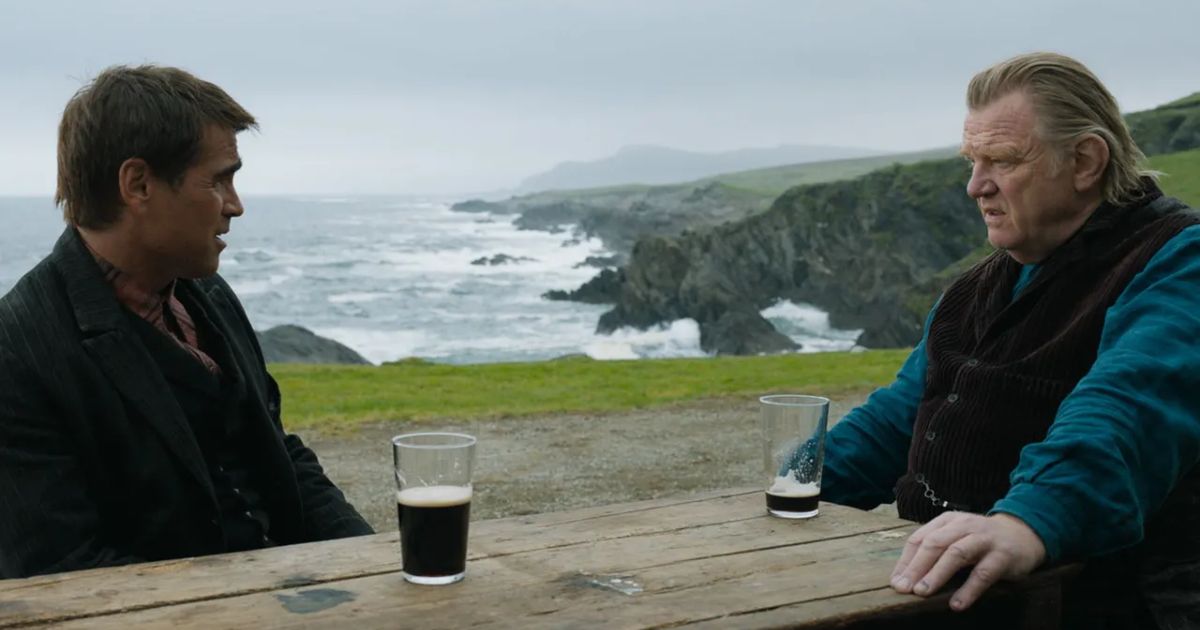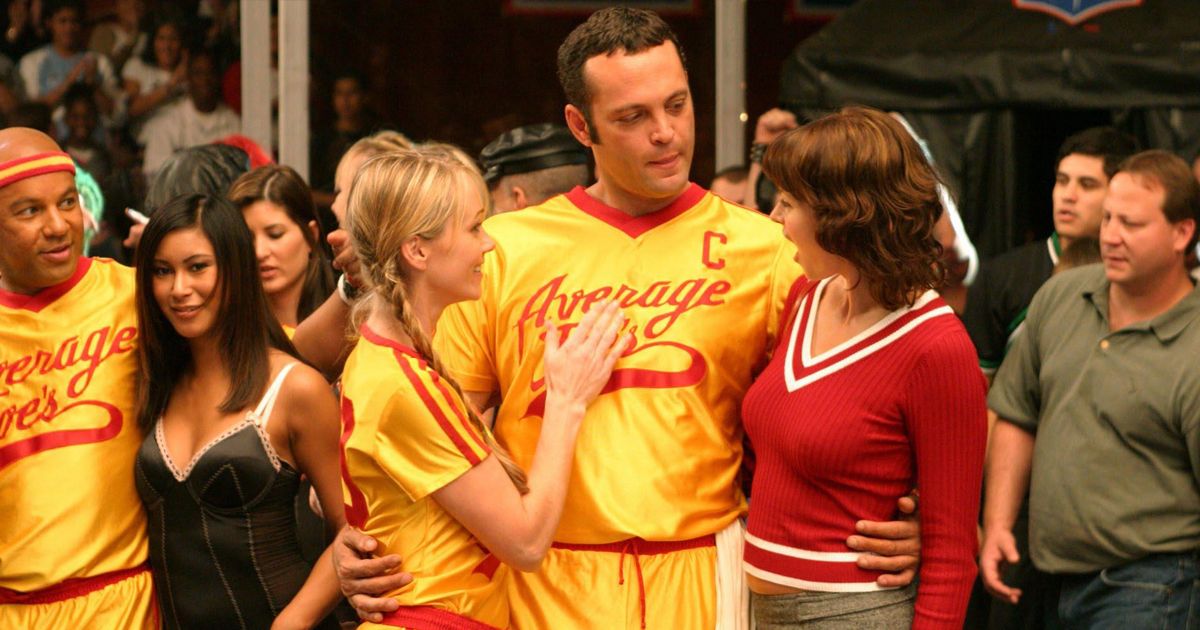“We Are as Gods,” co-directed by David Alvarado and Jason Sussberg, is a portrait of this highly controversial figure, controversial from the start, but even more so now with his spearheading of the De-extinction Movement. Could “bringing back” the woolly mammoth help halt climate change? Brand makes his case. It’s hard not to call forth “Jurassic Park” as the ultimate cautionary tale. “We Are as Gods” takes us through Brand’s life trajectory (he is still going strong at 83) and details his efforts to reverse the process of extinction. To the film’s credit, even with the participation of Brand, “We Are as Gods” allows the opposing sides space to voice their complaints. It does not shy away from the controversy, although, in the end, it does present Brand as a pioneering inspirational figure, a far-seer and free-thinker. What you decide to think is up to you.
In the opening sequence, Brand is described by various colleagues and critics as “P.T. Barnum,” “Johnny Appleseed,” “Zelig,” “Da Vinci,” “Forrest Gump,” and Kilroy. Very few of these are unambiguous compliments. “Zelig” and “Forrest Gump” refer to his ability to be in the right place at the right time—although an argument is made that Brand is actually in the right place right before the right time. He arrives on a burgeoning “scene,” looks around, gives it a name, which then coalesces the “scene” into a “movement.” He’s done this multiple times. Brand went to Stanford to study ecology and evolution, studied with “doomsayer” Paul Ehrlich, and got interested in the tragedies of extinction, particularly more recent extinctions like the American chestnut tree and the passenger pigeon, both of which went extinct in a 30-year period due to deforestation, hunting, destroyed eco-systems, etc. Brand’s time at Stanford was just a blip compared to the rest of his life. Before you knew it, he moved to Haight-Ashbury, hooked up with Ken Kesey and the “Merry Pranksters”; he wore top hats, did LSD in copious amounts, hosted Acid Test parties featuring the Grateful Dead, and lived in a van with his wife, Lois Jennings, a mathematician and member of the Ottawa tribe (she is interviewed for the film).
After the Merry Pranksters era, he badgered NASA and other space programs around the world to release a photograph of the earth from space. He thought it would help give humans a better sense of stewardship. Finally, the famous photo arrived. We all know the photo. In a current interview, Brand says, “It was a hopeful image, and it blew away the mushroom cloud.” “We Are as Gods” posits that the earth photo, and Brand’s promotion of it, launched the environmentalist movement. There are several such debatable claims made in “We Are as Gods.” The Whole Earth Catalog made Brand famous. (Another claim made is that Whole Earth Catalog was the birth of “startup culture.” You don’t have to do too much digging to find a handful of examples to dispute this claim.) However, the Whole Earth Catalog was a huge influence on Steve Jobs and Steve Wozniak. Brand’s involvement in the early days of the personal computer revolution, which he wrote about for Rolling Stone, does give some legitimacy to the idea that there is a straight line between Whole Earth Catalog and Apple Computers.
You can view the original article HERE.





























